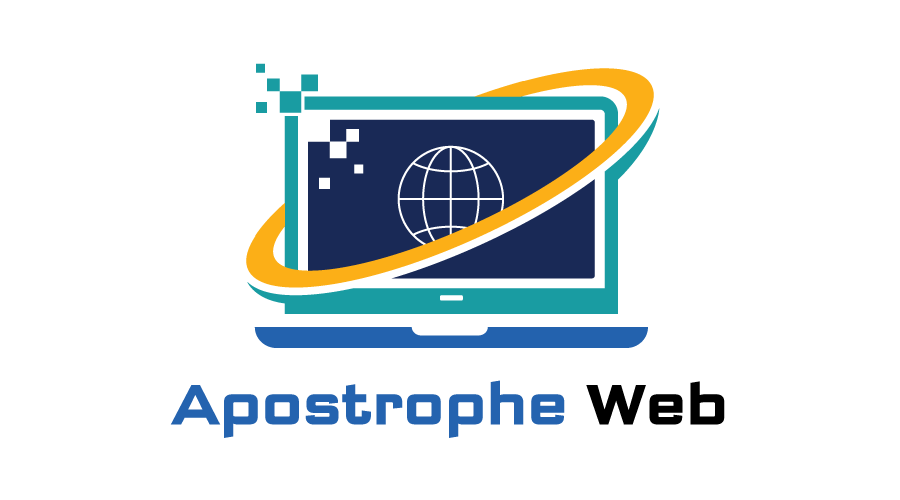In the orchestra of software development, every instrument—the libraries, frameworks, and modules—must play in harmony. When they do, the symphony is seamless; when they don’t, you get discord, bugs, and endless nights of debugging. Dependency management is the conductor that ensures every piece of code performs its part in rhythm, no matter how complex the composition becomes.
The Invisible Web That Holds Everything Together
Every project, big or small, stands on the shoulders of dependencies. Think of them as the building blocks or ingredients in a recipe. You might have written a sleek API, but it still relies on libraries for networking, logging, and data parsing. Over time, as projects evolve, these dependencies multiply like vines in a garden—beautiful but potentially suffocating.
When managed poorly, dependencies can create what developers fear most: version hell. One module demands version 2.0 of a library, another insists on version 3.1, and suddenly, you’re caught in a web of incompatibilities. Effective dependency management acts like a skilled gardener—trimming, guiding, and aligning each branch so the system thrives without collapsing under its own weight.
Why Dependency Management Defines Project Longevity
Picture a sprawling city. Roads, bridges, and tunnels connect various parts, making life convenient—until one road is closed and traffic across the city grinds to a halt. Dependencies are those roads in your project’s city map. Without a clear traffic plan, everything clogs up when one library becomes obsolete or one update breaks another component.
Tools like npm, Maven, and pip have become essential tools for developers. They ensure that the correct versions are installed, conflicts are resolved, and compatibility is maintained across modules. Yet, even with these tools, awareness and discipline are crucial. You can’t rely solely on automation; you must understand the ecosystem you’re building in. That’s where structured learning—such as DevOps coaching in Bangalore —comes into play, blending real-world scenarios with strategies for sustainable dependency management.
The Art of Version Control and Compatibility
Versions are the lifeblood of dependency management. Each one tells a story: bug fixes, new features, and sometimes, breaking changes that can topple your codebase. Semantic versioning (like 1.2.3) gives you a predictable rhythm—major, minor, and patch updates—but only if you respect its logic.
Imagine your project as a train moving through time. Each library is a carriage, and upgrading one without ensuring the couplings fit is like replacing a carriage mid-journey. You need to know which versions align and which derail progress. Lock files (such as package-lock.json or Pipfile.lock) serve as blueprints to freeze versions, ensuring your train moves smoothly between environments.
But static locks alone aren’t enough. Modern teams embrace dynamic auditing, checking libraries for vulnerabilities and outdated dependencies. Continuous integration pipelines can automatically flag issues before they snowball—an approach often covered in DevOps coaching in Bangalore, where practical exercises mimic real deployment crises to build resilient skills.
Containerisation: The Lifeboat for Dependency Chaos
Even with meticulous version control, dependency conflicts can arise across environments—what works on your laptop fails miserably in production. Containerisation, using tools like Docker, offers a safety raft. It packages your application along with its dependencies, ensuring consistent performance regardless of the underlying system.
Think of it as shipping a miniature ecosystem. Your application, libraries, configurations, and runtime all live together inside a sealed habitat. It’s the equivalent of sending a plant with its pot and soil rather than just the roots—you’re guaranteed it’ll thrive wherever it lands.
Containers also encourage modularity. Teams can develop, test, and deploy independent components without stepping on each other’s toes. This isolation fosters collaboration while preventing the dreaded “it works on my machine” syndrome.
Automation and Monitoring: Keeping Dependencies in Check
Dependencies don’t just need to be installed—they need to be monitored. Over time, new vulnerabilities emerge, APIs deprecate, and licences change. Automation tools such as Dependabot or Renovate act as watchful custodians, automatically proposing updates when safer or more efficient versions become available.
However, blind automation can be risky. Imagine a well-meaning assistant rearranging your bookshelf alphabetically, unaware that you grouped books by genre for a reason. Updates should be reviewed with context, as testing, code review, and change management ensure the integrity of the system.
Dependency monitoring must also extend to licensing. Open-source libraries bring flexibility but can carry legal obligations. Ignoring those can expose organisations to compliance issues, so periodic audits are as crucial as version checks.
Building a Culture of Awareness
Dependency management isn’t just a technical skill—it’s a mindset. Developers must understand the ripple effects of every installation and update. Documentation plays a vital role here. Keeping an updated README or a dependency matrix prevents confusion for future contributors.
Moreover, collaboration tools like GitHub Actions, Jenkins, and GitLab CI/CD pipelines make dependency handling part of the development workflow. This cultural shift—from reactive fixes to proactive governance—creates more reliable and secure software ecosystems.
Teams that adopt this discipline tend to experience fewer deployment surprises and shorter downtime windows. Over time, their projects evolve gracefully, adapting to technological changes without breaking continuity.
Conclusion: Harmony Through Control
In the grand orchestra of modern software, dependencies are the unseen musicians—each vital, each fragile. Without a conductor, even the most talented ensemble descends into noise. Dependency management, when executed thoughtfully, ensures the music never falters.
By treating libraries and modules not as static components but as living collaborators, developers can nurture systems that are both resilient and scalable. Whether you’re orchestrating microservices or managing monoliths, mastering dependency management transforms chaos into rhythm—and that is the essence of professional craftsmanship in code.

